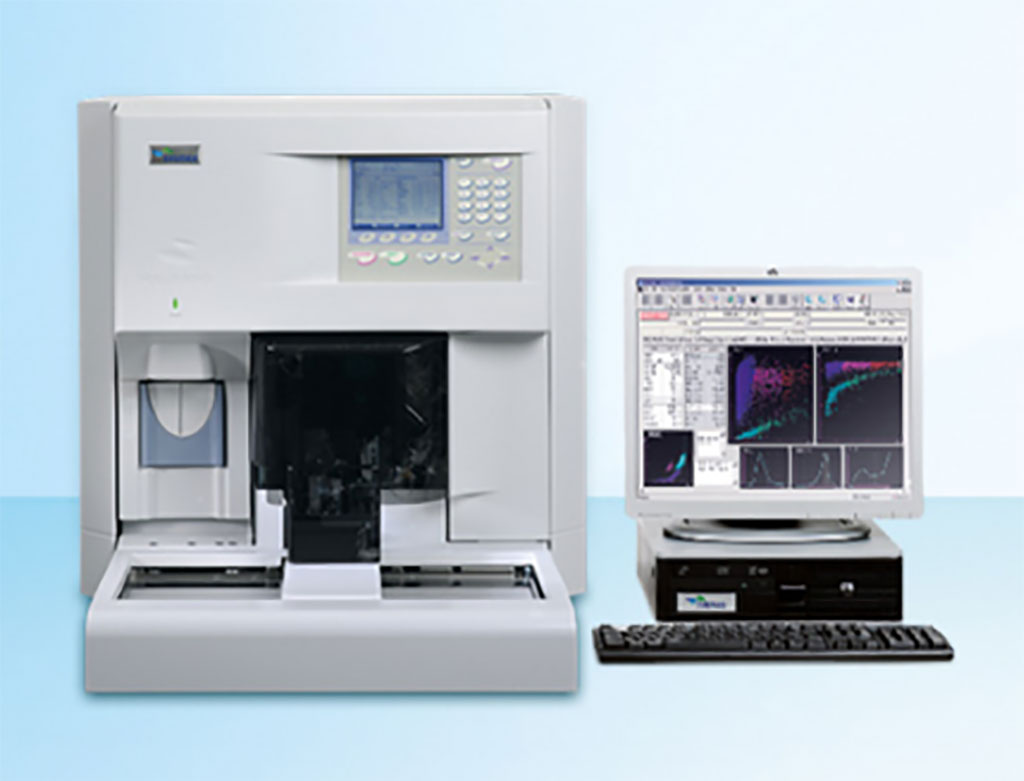Complete Blood Count Parameters Associated With Pancreatic Beta-Cell Function
Posted on 19 May 2022
The pathophysiology of type 2 diabetes mellitus (T2DM) involves insulin resistance (IR) and progressive deterioration of beta-cell function (BCF). Estimation of IR and BCF is essential for screening subjects at a high risk of T2DM and making treatment plans in clinical practice.
Along with other routine tests, the complete blood count (CBC) is widely used by physicians in health checkups to determine the status of patients and healthy people. Advances in technology make it possible for automatic cell counters to measure hematologic parameters related to variations in the shape and size of cells in addition to quantitative blood cell measurements, which contribute to the diagnosis and monitoring of many diseases.

Medical Laboratorians at the Korea Association of Health Promotion (Seoul, Korea) analyzed data from health examinees that underwent health checkups at 16 health-promotion centers in 13 Korean cities during 2021. The subjects comprised 1,470 patients with normoglycemia, 1,124 with prediabetes, and 396 with diabetes.
CBC parameters including hemoglobin level, RBC indices, and white blood cell (WBC), and platelet counts were measured using the Sysmex XE-2100D analyzer (Sysmex Corporation, Kobe, Japan). Pancreatic beta-cell function (BCF) and insulin resistance (IR) were assessed using the homeostasis model assessment (HOMA)-β and HOMA-IR, respectively.
Biochemical measurements, including those of fasting serum glucose, triglycerides, high-density lipoprotein cholesterol, and creatinine were made using the Hitachi 7600 analyzer (Hitachi, Tokyo, Japan). HbA1c levels were measured using ion-exchange high-performance liquid chromatography using the HLC-723 G8 analyzer (Tosoh, Tokyo, Japan). Serum insulin was measured using an electrochemiluminescence immunoassay with the Cobas e801 (Roche Diagnostics, Mannheim, Germany).
The investigators reported that while HOMA-IR gradually increased according to red blood cell count quartiles (1.22, 1.40, 1.47, and 1.91, in the first, second, third, and fourth quartiles, respectively), there was no correlation after adjusting for waist circumference (WC) and HbA1c. The red blood cell distribution width (RDW) was associated with HOMA-β, but not with HOMA-IR. White blood cells (WBCs) were associated with HOMA-IR and HOMA-β, which was stronger in HOMA-β after adjusting for WC and HbA1c. The platelet count was correlated with HOMA-IR and HOMA-β, which only remained in HOMA-β, after adjusting for WC and HbA1c.
The authors concluded that RDW, WBC, and platelet counts were independently associated with HOMA-β in prediabetes and T2DM. This suggests that these CBC parameters could represent BCF in prediabetes and T2DM. Due to its cost-effectiveness and easy accessibility, these CBC parameters could be screened periodically in prediabetes and T2DM, along with HbA1c, to keep both physicians and patients aware of the BCF of these diseases. The study was published on May 13, 2022 in the Journal of Clinical Laboratory Analysis.
Related Links:
Korea Association of Health Promotion
Sysmex Corporation
Hitachi
Tosoh
Roche Diagnostics













